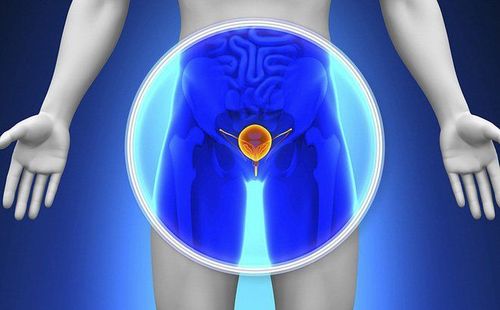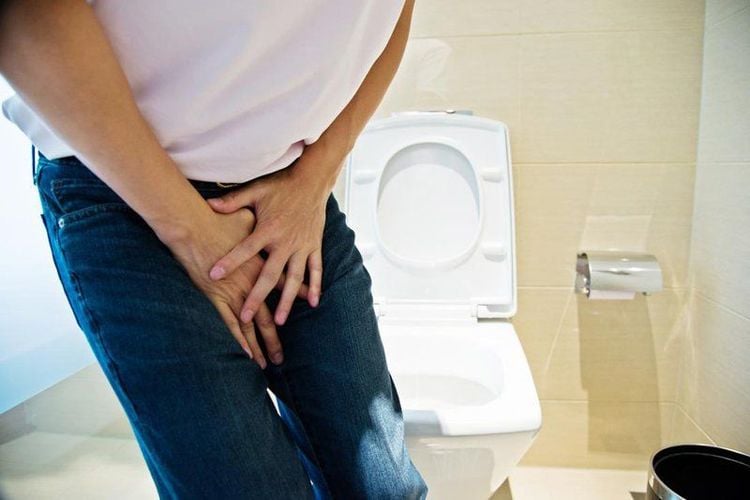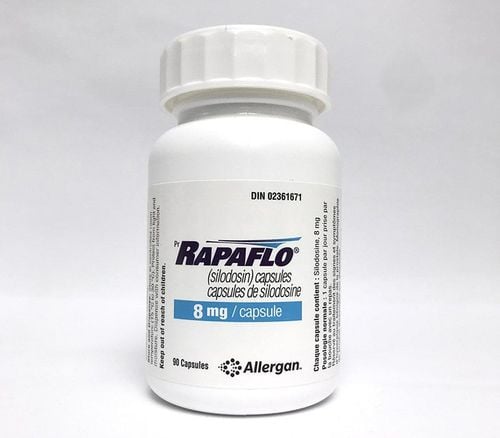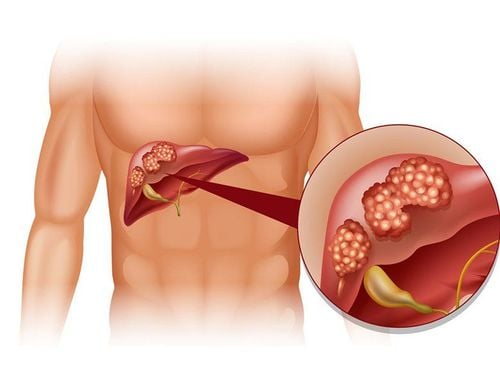This is an automatically translated article.
The article was written by BS. Doan Thi Ngoc Van - Urology Unit Vinmec Hospital - Vinmec Times City International General Hospital.One thing to note for the elderly (from 45 years of age and older) is: benign prostatic tumor is a disease that is not really dangerous, but if you want effective treatment and avoid complications, you need to see a doctor. See your doctor as soon as you notice any of these symptoms. Absolutely do not buy drugs and self-treat at home, the more severe the disease, even dangerous to health and life. Because of the current reality, even if prostate cancer is already diagnosed, if detected early and treated promptly according to the instructions of the drug, the patient can still prolong his life.
1. What is prostate enlargement? Benign prostatic hypertrophy (or fibroids) is not a malignancy. At birth, TTL is about the size of a pea, this gland continues to grow until the age of 20, measuring 15-20g. At the age of 30-45, the prostate size remained stable at 20g. In the period from 45 years of age and older, the prostate gland develops unstable, gradually enlarged in size (prostatic hypertrophy). The degree of prostate cancer in each person is different, normally at 20g, increase from 30-80g, there are also people from 100-200g.
Causes of prostate cancer: Due to male sex hormone disorders; due to lifestyle such as: drinking less water, eating a lot of fat, using a lot of stimulants (tobacco, coffee...). In addition, people living in a polluted environment, people with urinary tract disease (cystitis), diabetes, a family history of prostate enlargement... are at increased risk of obesity. prostate gland. It is worth mentioning that many people with prostate cancer do not know the signs of the disease, paying little attention to the abnormal changes when urinating.

Phì đại tuyến tiền liệt nếu được phát hiện sớm, điều trị kịp thời theo chỉ dẫn của thấy thuốc thì người bệnh vẫn có thể kéo dài tuổi thọ
2.2 Urinary incontinence Urinary incontinence is spontaneous during sleep. In many cases, urinary incontinence also occurs during the day.
2.3 Intermittent Urination Prostatitis is often accompanied by the formation of bladder stones, making the process of urination suddenly interrupted. The above symptoms will be worse if you experience cold or because you regularly drink alcohol or use anti-cholinergic drugs and psychoactive drugs.
2.4 Frequent urination The number of times to urinate during the day usually increases to 3-4 times the normal level, 2-3 times at night. The interval between 2 urinations is short, there is always a feeling of needing to urinate. In addition to the above typical signs, to accurately diagnose the patient should go to a medical facility for the doctor to ultrasound the prostate gland to measure the protrusion of the prostate and the amount of urine left behind. Use the PSA test to see if a tumor is benign or malignant. Although prostate cancer is not too dangerous and there are many drugs that significantly improve the patient's urination disorder, as well as many intervention methods, it needs to be detected early and treated promptly to avoid complications. symptoms such as : Bladder stones , recurrent urinary tract infections , chronic urinary retention , impaired kidney function ... and possibly kidney failure . Therefore, when seeing the signs of the disease, it is necessary to consult a specialist for timely examination and treatment.

Khi có cảm giác buồn đi tiểu nhưng phải đứng một lúc trong nhà vệ sinh mới đi tiểu được
Surgical treatment of prostate tumor
Indicated when fibroids complications or failed medical treatment. There are many methods, but mainly endoscopic transurethral ablation or transabdominal ablation
3.1 Transurethral endoscopic prostatectomy This method is still considered the “standard” gold" in the treatment of prostate cancer and is being widely applied. Usually indicated for tumors < 80g
Advantages of the method:
The patient has no incision, has good psychological and aesthetic feeling. Post-surgery is gentle due to less pain, quickly regains movement, thus avoiding complications due to long lying down, short hospital stay, patients quickly urinating in a natural way.
3.2 Open surgery Today, open surgery only accounts for 1-2%, for tumors > 100g One thing to note for the elderly (45 years old and older) is: benign prostatic tumor The disease is not really dangerous, but if you want to treat it effectively and avoid complications, you need to see a doctor as soon as possible when you see the above symptoms. Absolutely do not buy drugs and self-treat at home, the more severe the disease, even dangerous to health and life. Because of the current reality, even if prostate cancer is already diagnosed, if detected early and treated promptly according to the instructions of the drug, the patient can still prolong his life.













